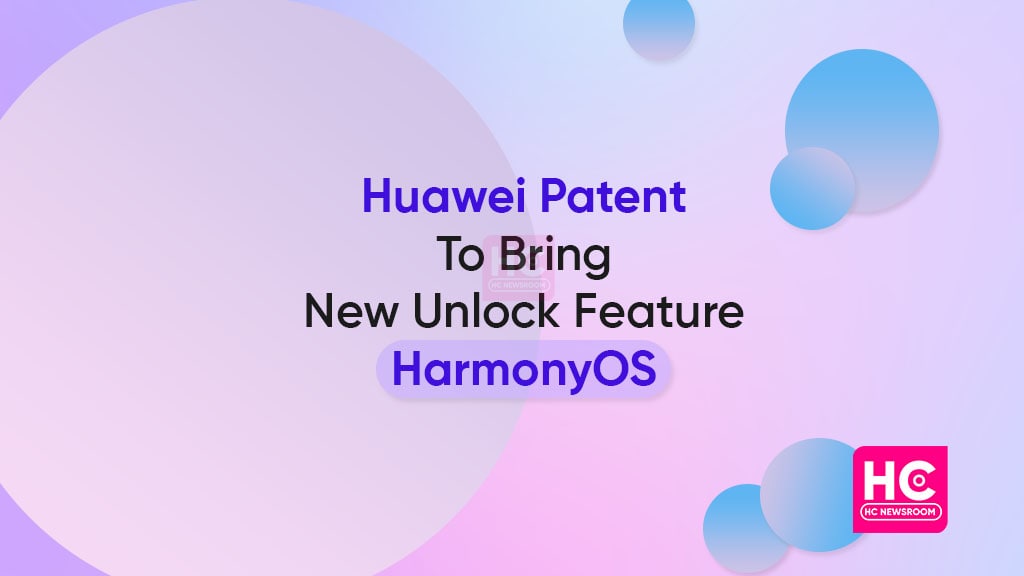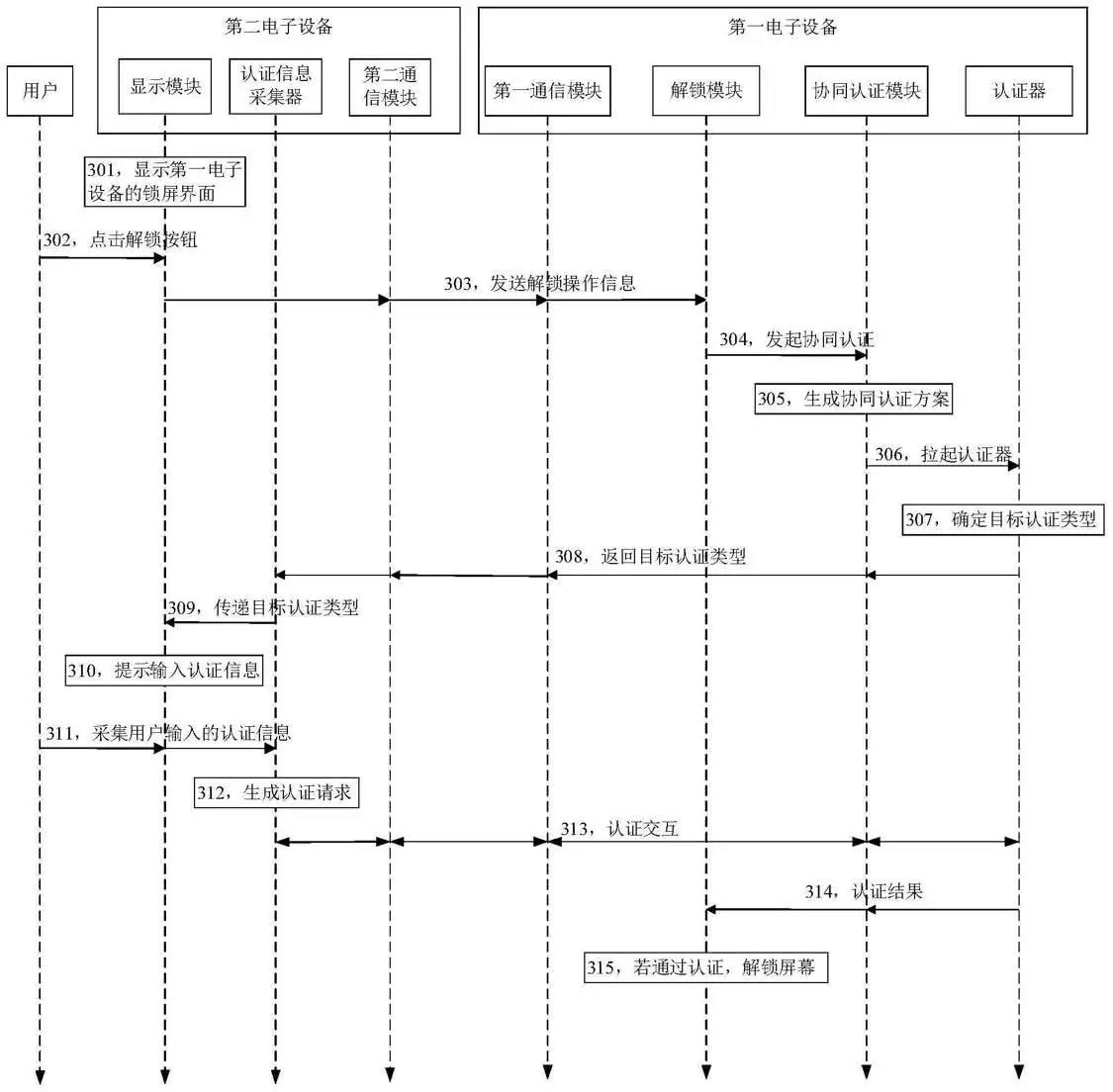Patent
Huawei could bring new unlock feature for HarmonyOS

Huawei is again surfacing in the news headline. But this time, the matter isn’t revolving around the devices. The company has issued a new patent that reveals an advanced unlock feature for the Huawei HarmonyOS operating system.
According to the information, the newly released patent reads the title as electronic device unlocking method and related equipment. Eventually, we get the clue that Huawei is preparing a new unlock feature and could bring it to the HarmonyOS interface.
In recent times, there are several scenarios where the users demand such features that can interconnect the devices with each other. Besides, the usage of hardware mutual assistance and file sharing between devices are quite common nowadays.
However, while performing the multi-screen collaboration between two devices, the user has to pass through an unlocking stage. Currently, this unlock feature is quite ineffective and problematic for users to utilize.
Hence, with a mindset of a more accurate and efficient unlock feature for HarmonyOS, Huawei came up with this patent. Consequently, this application will enable the unlock operation of the first device on the second. Thus, it will ensure better safety and convenience.

How the new unlock feature will work?
Speaking of the patent application, the information shows a sequence of procedures that will execute this operation.
- Receiving operation information sent by the second device
- When determined that the first device needs to be unlocked, then the initial information is transmitted to the second device. Further, the second device uses this data to gather authentication info, required for unlocking the object.
- Obtains authentication information from the second electronic device for user authentication.
- When the user passes the authentication, the unlocking object of the first electronic device is unlocked.
Huawei has just made an idea for a responsive unlock feature. Yet, how much time the company will take to implement this feature in its self-developed system is still a question.
(Source)






